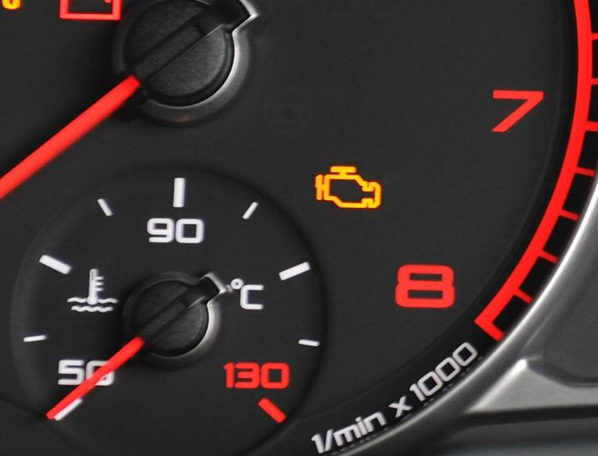If your car suddenly loses power and dashboard warning lights illuminate, it might be in limp mode. This safety feature protects your engine from damage, but understanding its causes and how to address them is crucial. This guide explores How To Bypass Limp Mode, when it’s safe to do so, and why seeking professional help is often the best solution.
Dashboard warning lights, like the engine management light (EML), often indicate that a car has entered limp mode.
Understanding Limp Mode: Your Car’s Self-Preservation Mechanism
Limp mode, also known as “safe mode,” is your car’s emergency response to a detected fault. It limits engine performance to prevent further damage, allowing you to reach a mechanic safely. Common symptoms include:
- Reduced Power: Noticeable decrease in acceleration and speed.
- Warning Lights: Illumination of engine management light (EML) or other warning indicators.
- Limited RPM: Engine revolutions per minute capped at a low threshold (e.g., 2,000-3,000 RPM).
- Fixed Gear: Automatic transmissions might be locked in a low gear.
- Restricted Speed: Maximum speed significantly reduced (e.g., 30-50 mph).
- Disabled Features: Non-essential functions like air conditioning might be deactivated.
Common Causes of Limp Mode
Limp mode is triggered when the car’s Electronic Control Unit (ECU) detects an anomaly exceeding predefined parameters. Potential culprits include:
- Low Fluids: Critically low oil or coolant levels.
- Transmission Problems: Issues with gear shifting or internal components.
- Brake Malfunctions: Seized brakes or hydraulic leaks.
- Wiring Issues: Damaged or faulty wiring affecting various systems.
- Engine Problems: Misfires, turbocharger issues, or other engine component failures.
Exiting Limp Mode: Temporary Fixes and Long-Term Solutions
Addressing limp mode requires identifying the underlying cause. While temporary bypasses exist, professional diagnosis is crucial.
Temporary Bypasses: Proceed with Caution
- Restarting the Engine: Turning the ignition off and on after 30 seconds might reset the system if the issue is a minor glitch.
- Battery Disconnect: Disconnecting the battery terminal can reset the ECU, potentially clearing temporary errors.
- Fluid Top-Up: Replenishing low oil or coolant might resolve the issue if these are the root cause.
Even though a car in limp mode can still be driven, it’s often safer to have it towed to a mechanic.
These methods might temporarily bypass limp mode, but they won’t fix the underlying problem. If the issue persists, professional help is mandatory. Ignoring persistent limp mode can exacerbate the problem, leading to costly repairs.
When to Seek Professional Help
If limp mode returns after attempting temporary fixes, or if accompanied by unusual noises or smells, immediate professional attention is required. Driving in limp mode for extended periods can worsen existing damage.
Can I Drive in Limp Mode? Speed and Safety Considerations
While driving in limp mode is possible, it’s advisable only for short distances to reach a safe location or a mechanic. Reduced speed and performance limitations make highway driving or long journeys unsafe. Speed restrictions vary by manufacturer but usually range between 30-50 mph.
Permanently Disabling Limp Mode: A Risky Proposition
While technically possible, permanently disabling limp mode is strongly discouraged. This safety feature prevents catastrophic engine damage and potential accidents. Disabling it masks underlying problems, potentially leading to severe and costly consequences.
Conclusion: Prioritize Safety and Professional Diagnosis
Understanding how to bypass limp mode provides temporary solutions, but addressing the root cause is paramount. While restarting the engine or resetting the ECU might offer temporary relief, professional diagnosis is crucial. Ignoring persistent limp mode risks severe engine damage and jeopardizes safety. Consult a qualified mechanic for accurate diagnosis and lasting solutions.

